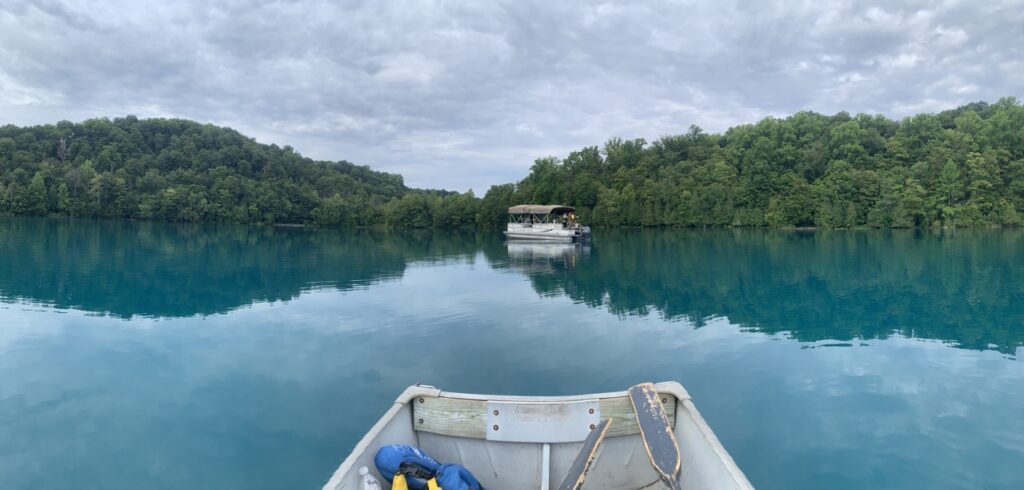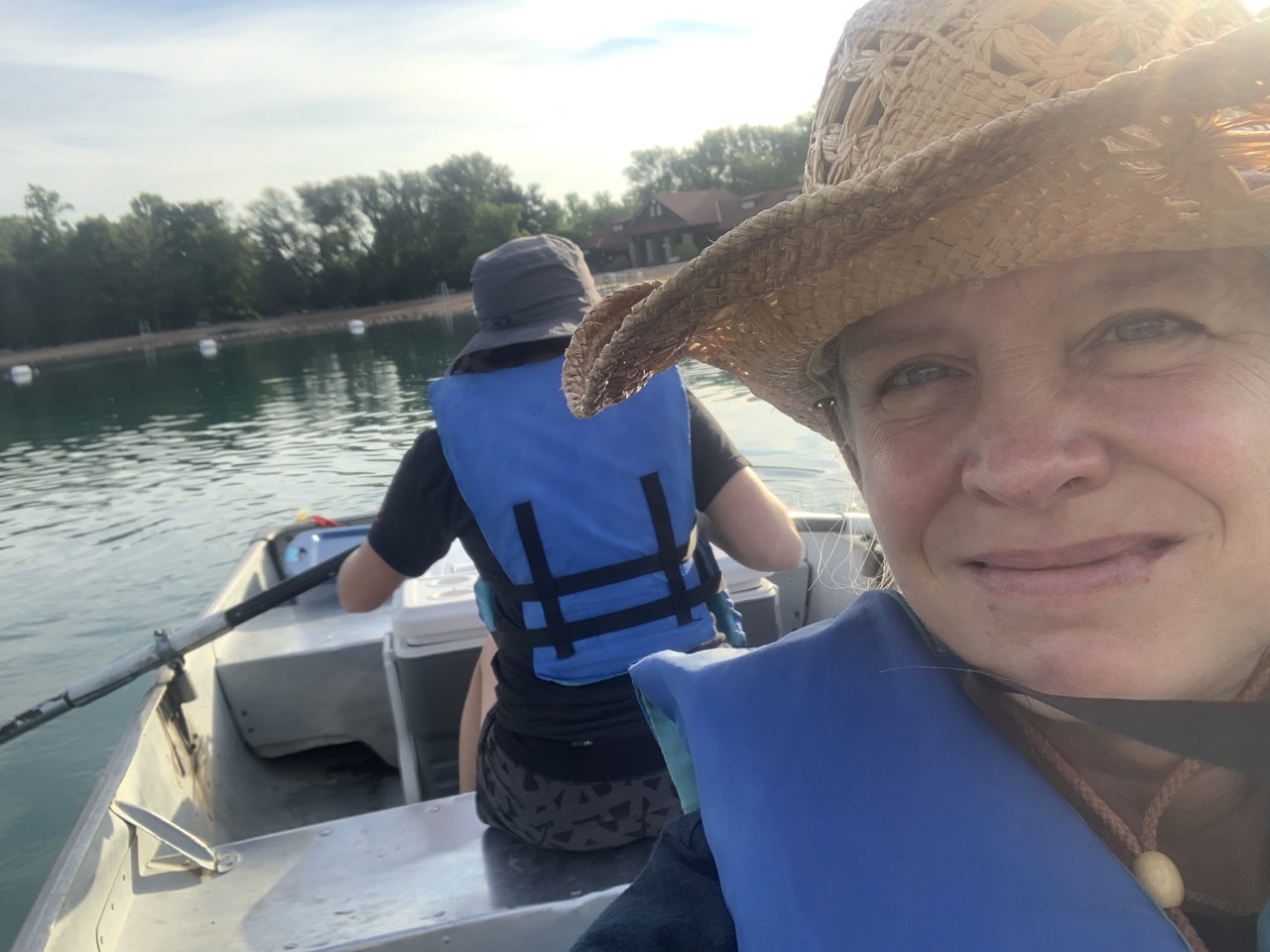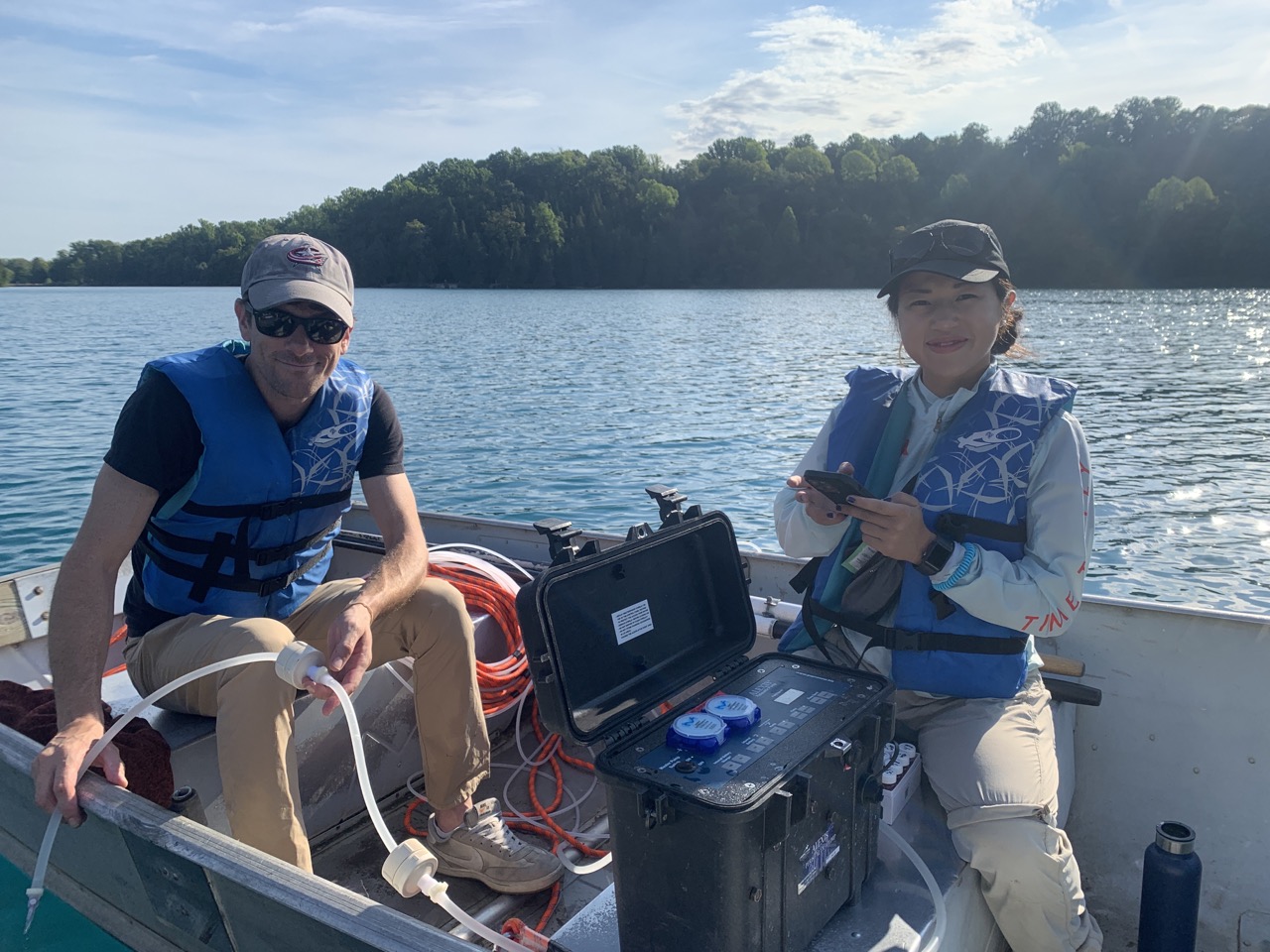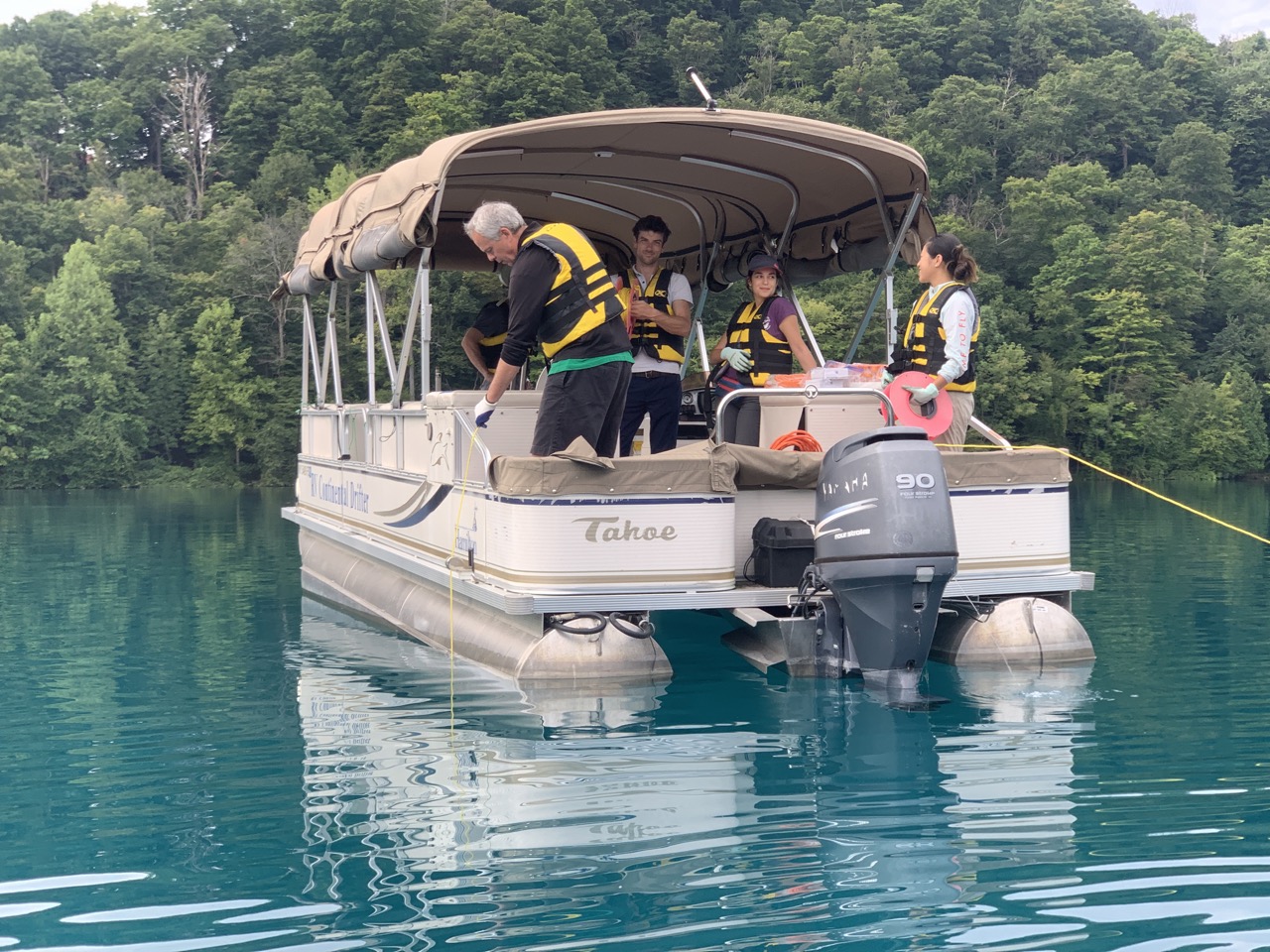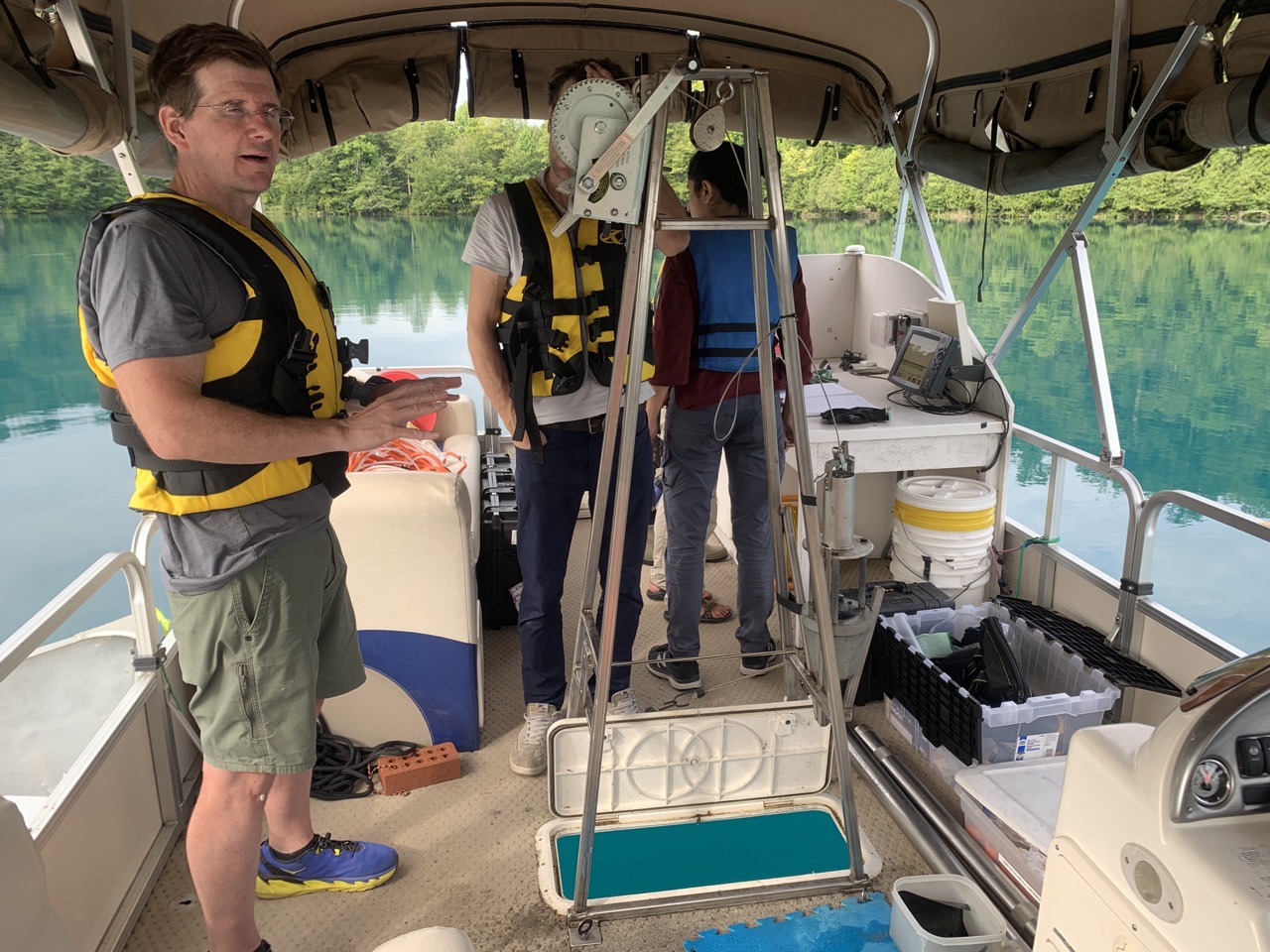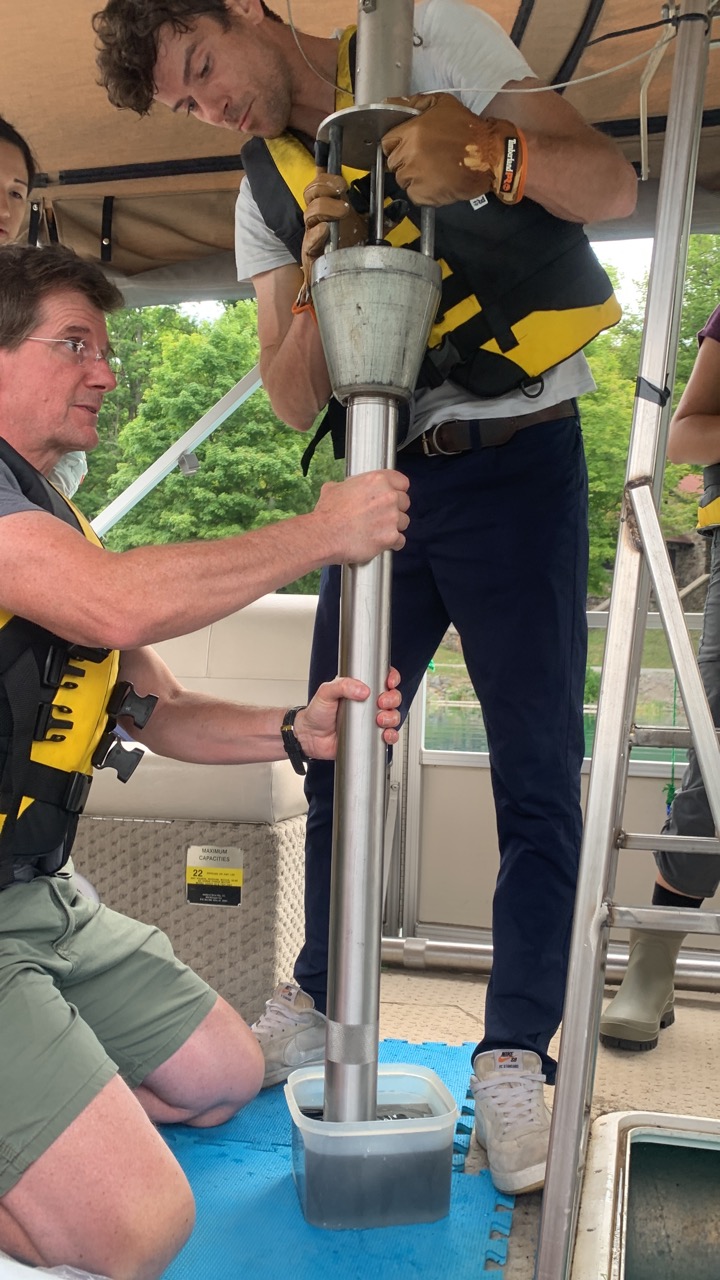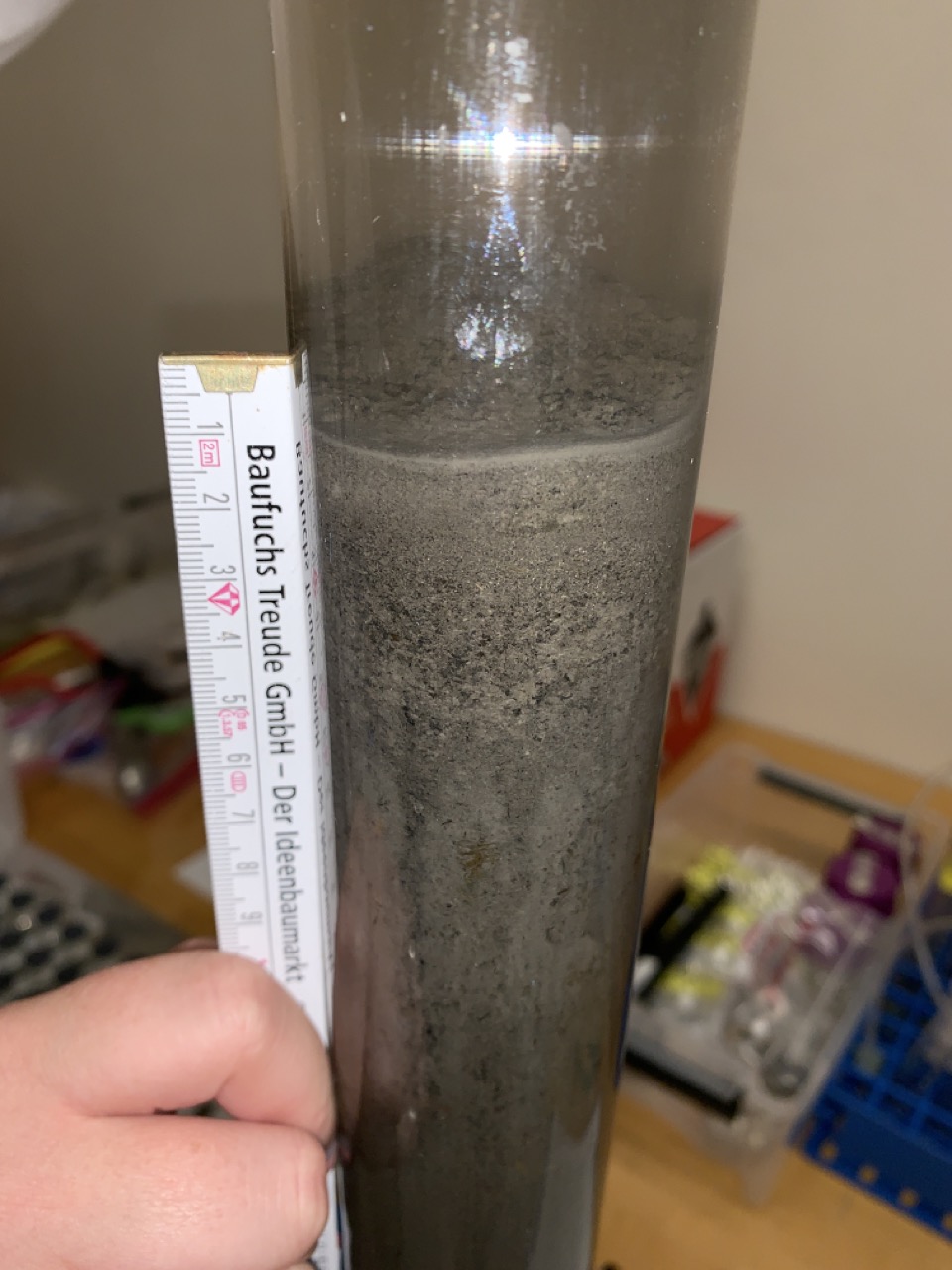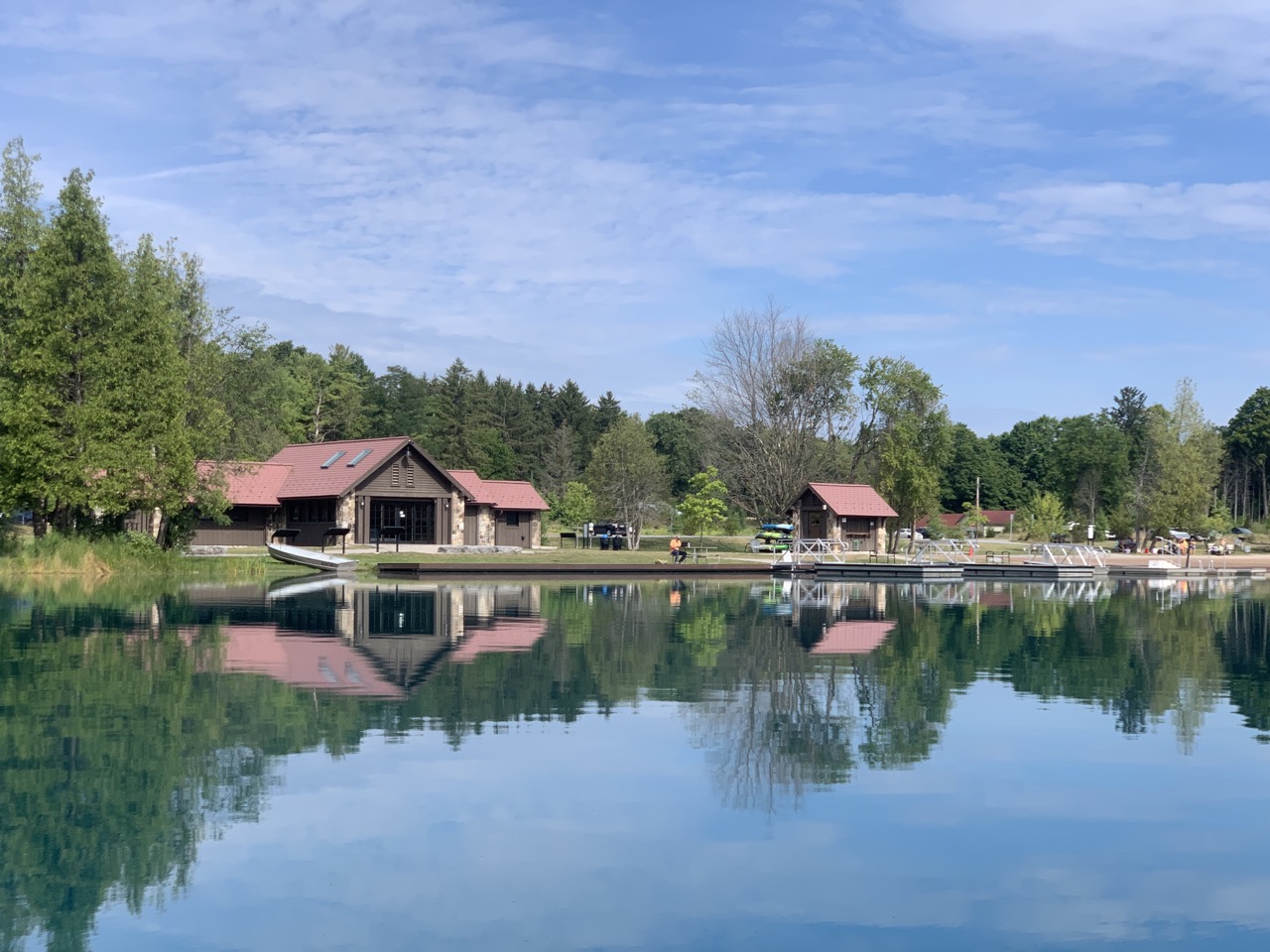This summer our group conducted three different fieldwork activities. We had a lot of fun in the outdoors and collected tons of samples and data that will keep us busy for the next months.
Fieldwork Activity 1: Santa Barbara Basin with the R/V Shearwater
End of July, our group –in collaboration with the group of Dr. David Valentine (UCSB)– went out with the NOAA-operated vessel R/V Shearwater to the Santa Barbara Basin. We deployed a CTD and our miniaturized multicorer to collect data and samples from one of our deepest low-oxygen stations. The main focus of this NSF-funded project is to study the seasonality of sulfur bacteria mats in the Santa Barbara Basin and the underlying biogeochemical processes.



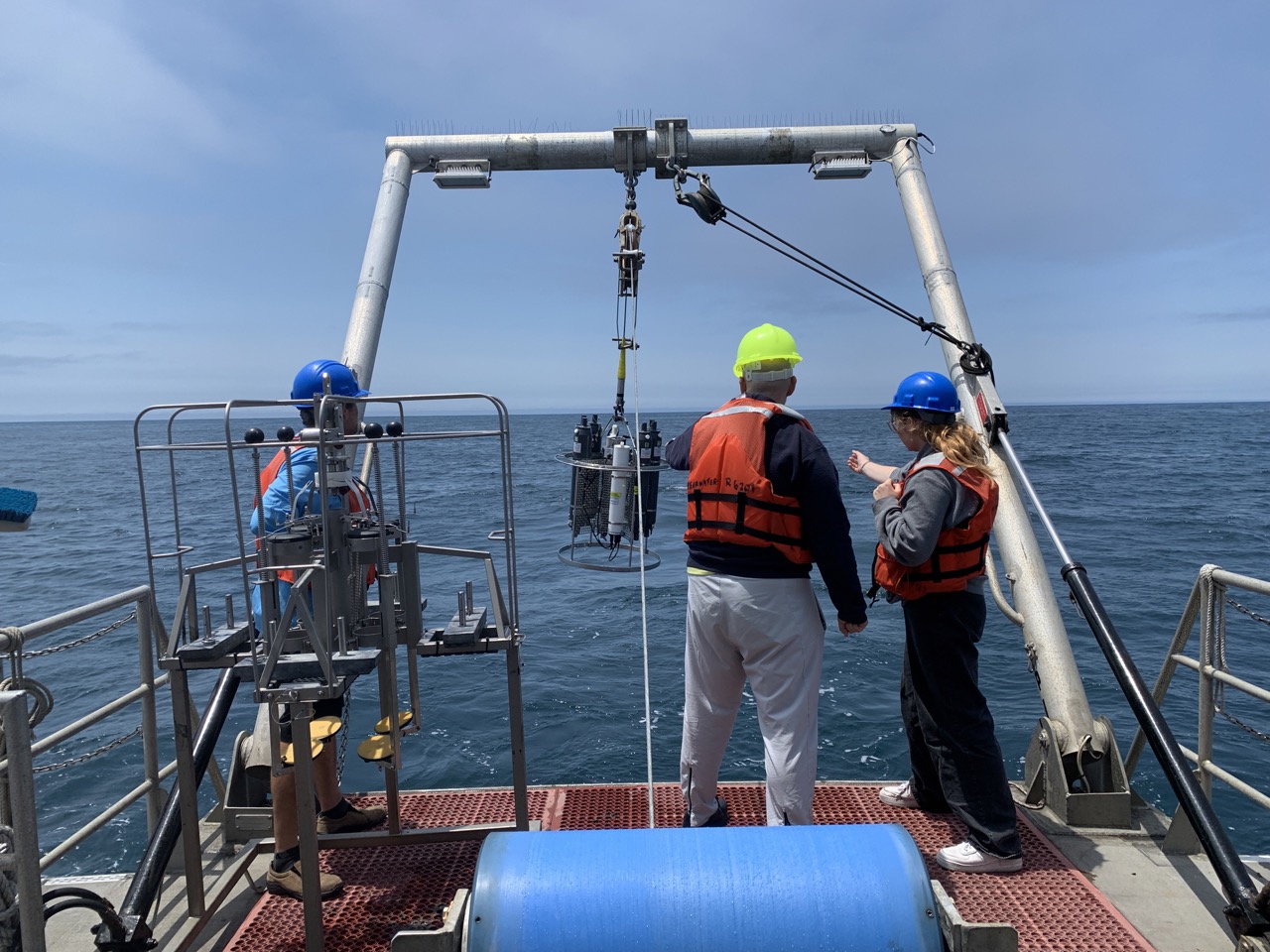


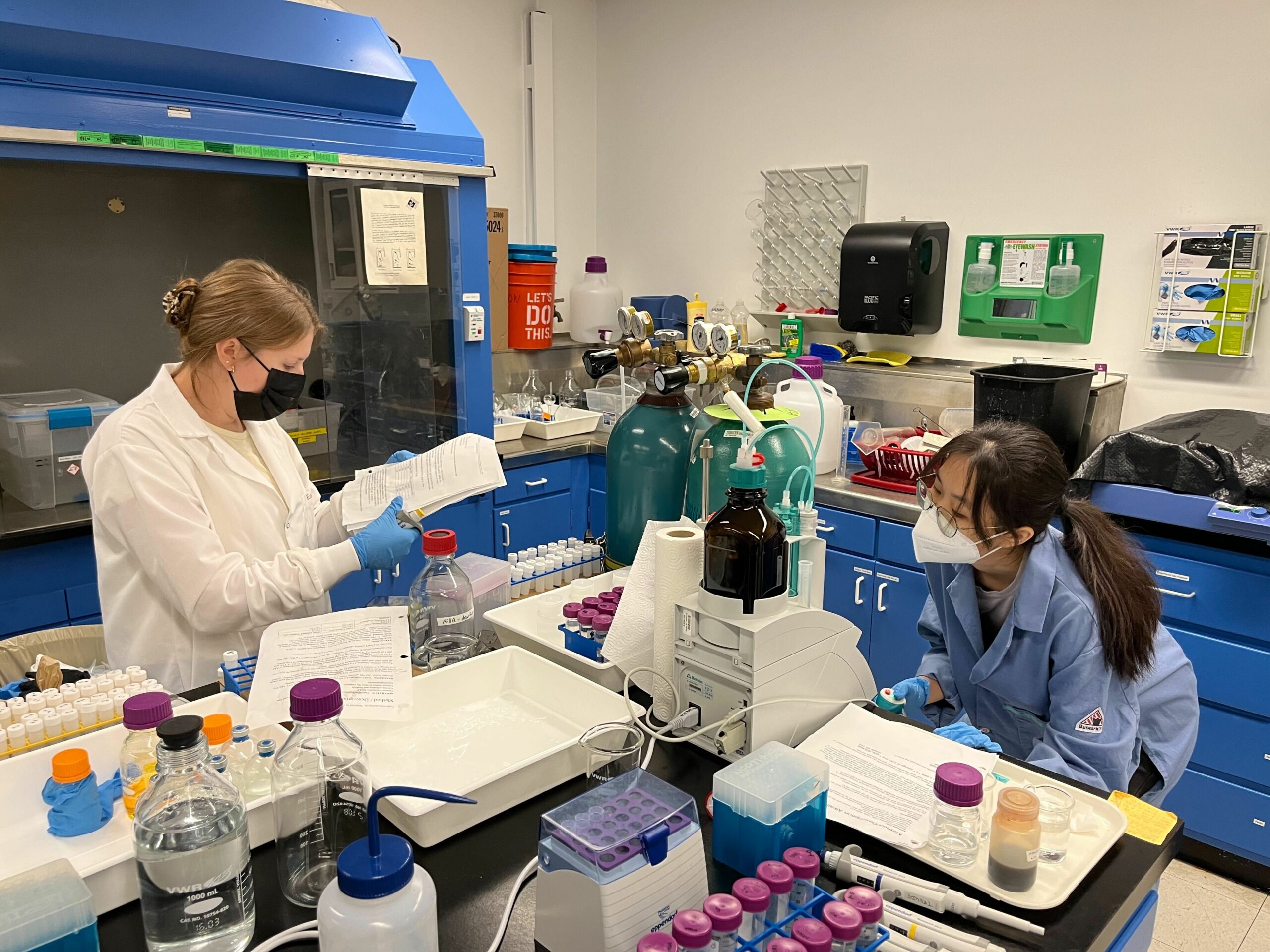


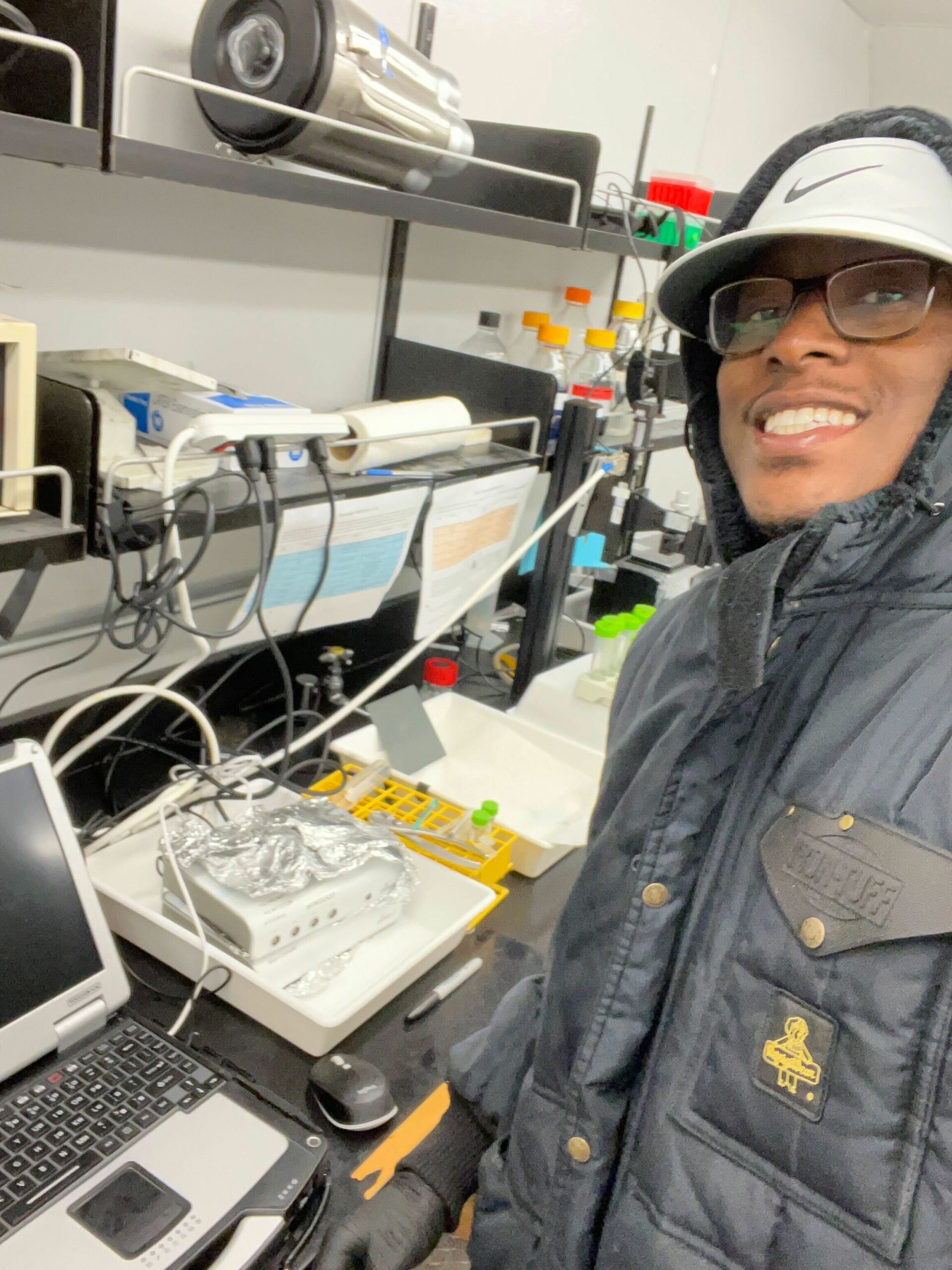
Fieldwork Activity 2: Carpinteria Salt Marsh Reserve
In early August our group visited the Carpinteria Salt Marsh Reserve, which is a UC reserve operated by UCSB, to study methane emission dynamics and collect sediment with a special hand corer. This NSF-funded project studies cryptic methane cycling in the salt marsh sediments, which is the relation between methanogenesis and anaerobic oxidation of methane.

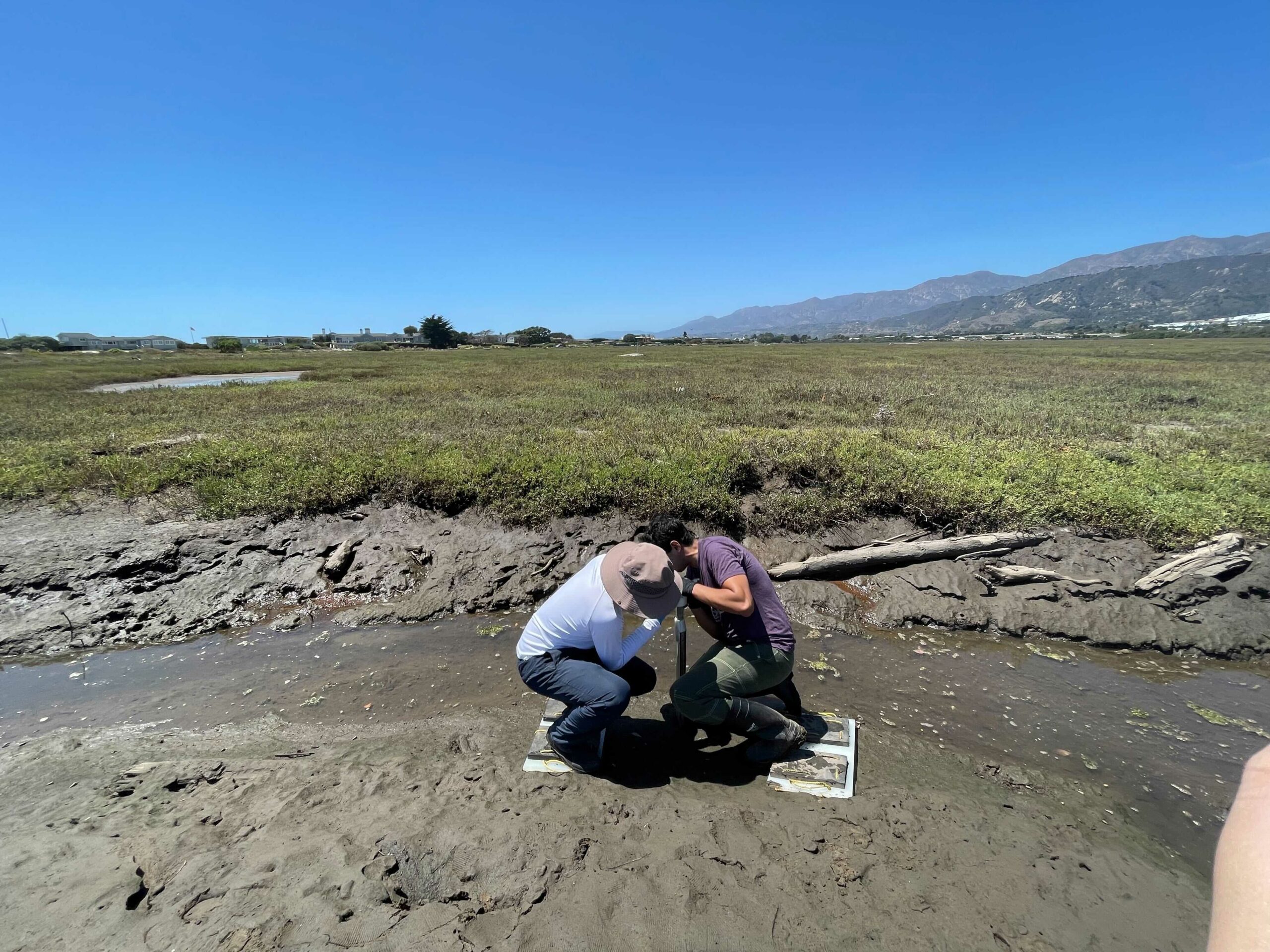
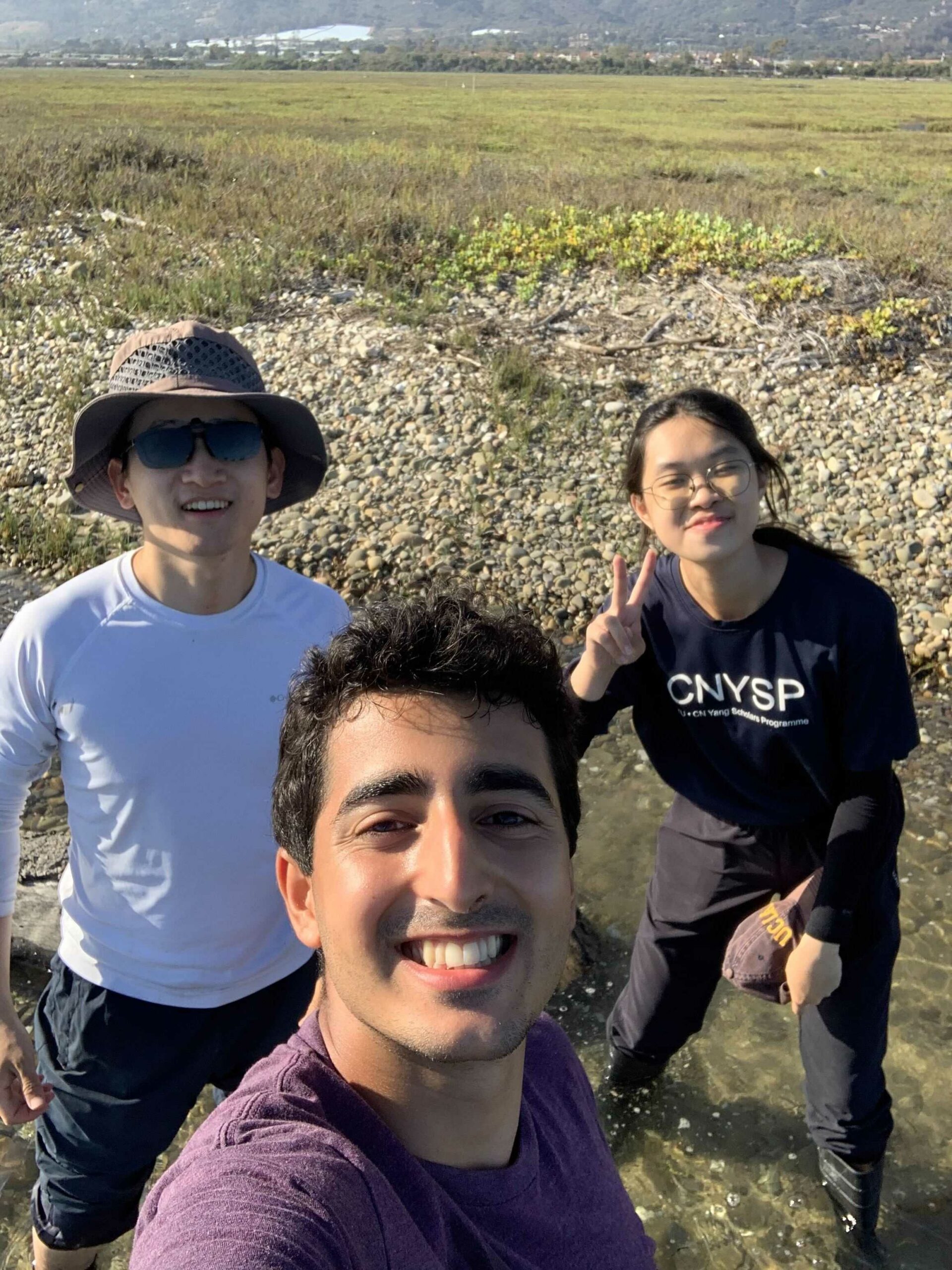
Fieldwork Activity 3: Green Lake, Upstate New York
As part of the NASA ICAR project, and in collaboration with the group of Timothy Lyons (UCR), our group studied microbial processes in the water column and sediment of Green Lake in Upstate New York mid August. The lake is meromictic with a sharp chemocline around 18-20 m water depth. The conditions in the lake are reminiscent of biogeochemical processes in early-Earth oceans and we are interested in understanding the interplay between different microbial processes (mainly sulfate reduction, methanogenesis, and methane oxidation) and geochemistry. Samples were collected from row boats and a Pontoon boat. We had great support and collaborations with the Green Lake Educational Center, Dr. Christopher Junium from Syracuse University, and Dr. Michael McCormick from Hamilton College.
